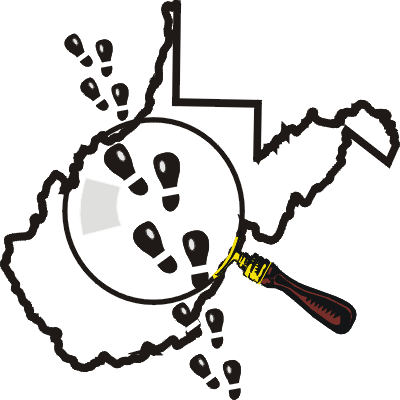
West Virginia
Infectious Disease Epidemiology Program
 |
West Virginia |
State and Local Government Official FAQ:
|
|
West Virginia Department of Health and Human Resources Information for State and Local Government Officials – Integrated Pest Management (IPM) for Control of MosquitoesWhy use an Integrated Pest Management (IPM) program for mosquito control?Successful IPM utilizes a combination of control strategies, including surveillance, source reduction, larvaciding, adulticiding (only when and if necessary), biological control, and education. Adulticiding alone is ineffective in controlling mosquito populations because it is difficult to get the adulticide to the inaccessible habitat of the adults. Mosquito larvae are left to continue their development, and they quickly replace the adults. In fact, mosquitoes can build up resistance if pesticides are overused. Aside from their ineffectiveness, pesticides can have long term ecological, environmental, and health impacts. The EPA encourages nonchemical mosquito control measures; therefore, in an IPM approach to mosquito control, adulticides play only a small part in overall mosquito control. What is mosquito surveillance?Surveillance identifies locations where mosquito populations are building, so targeted control measures can be implemented before a problem exists. Surveillance is the foundation on which any mosquito control program should be based. Larval surveillance is done by sampling a wide variety of aquatic habitats. Surveillance of adults targets mosquitoes which are no longer in the larval habitats. Traps for adult mosquitoes include CDC light traps which may be baited with carbon dioxide. Gravid traps are frequently used to sample Culex mosquitoes ready to lay eggs. Surveillance is also used to determine the mosquito species in a given area, allowing us to recognize the species that can carry disease. Nuisance mosquito calls from the public can serve as places to start mosquito surveillance. What is source reduction?Source reduction is the process of removing or modifying larval habitats to make them unsuitable for larval development. By eliminating discarded tires and emptying containers that can hold water, we remove the breeding places of several disease carrying mosquito species. In areas with a large accumulation of trash or tire dumps, it may take a combination of local, regional, and state cooperation to remove the problem source. Source reduction also involves habitat modification such as re-grading drainage ditches, so water will drain away quickly and not leave pools of standing water. What is larvaciding?Larvaciding is the adding of a chemical or other product to a water source to kill mosquito larvae and pupae. Controlling the larvae is more effective than adulticiding. Chemicals available include Insect Growth Regulators (IGR's), which prevent the larvae from completing their development. Chemical control of larvae should only be carried out by trained personnel or at their instruction. Several "biorational" larvicides (bacteria registered as pesticides), which are safe and easy to use, are available as control agents. These include Bacillus thuringiensis var. israelensis (Bti.) and B. sphaericus which are available commercially. What is adulticiding?Adulticiding is the process of spraying low rates (dosages) of adulticides with special equipment mounted on trucks or small aircrafts. Appropriate application requires small droplets that drift through areas where mosquitoes are flying or resting. Effective adulticide application requires correct equipment settings and specific weather conditions. Adulticiding is the least effective of all the control methods; however, it plays a small role in any IPM program. Adult mosquito control may be undertaken to assist in controlling an outbreak of a mosquito-borne disease. What is biological control?Biological control is the use of a biological agent to control mosquito populations. The most used biological agent is the Gambusia or mosquito fish, which eats the larvae. Other organisms under development include a fungus, a copepod (crustacean), and a parasitic worm all targeted at mosquito larvae. What is the role of public education?Another major part of any mosquito control program is public education which should begin in schools. The CDC offers several educational mosquito programs targeted at school children. The general public should be informed of how they can assist the local mosquito control program in helping to control mosquito populations. This includes how to control mosquitoes around the home, making the home bug-tight, and how they can take measures to protect themselves outdoors. How are mosquito control programs usually organized?Most states have passed legislation enabling the formation of local mosquito control districts. To be successful, the mosquito control districts must have the legal authority to perform mosquito surveillance and control activities, qualified staff, and a stable and adequate source of revenue. Based on CDC and EPA guidelines.
|
|
State
of West Virginia (WV) A-Z Listing of West Virginia's Reportable Diseases
|